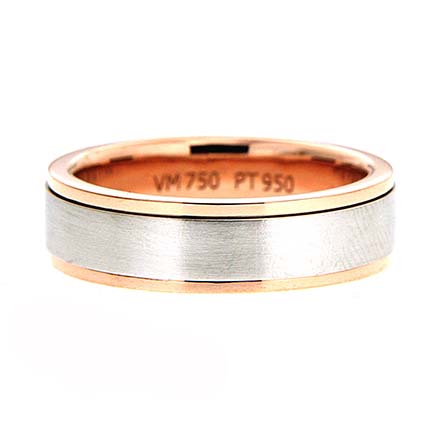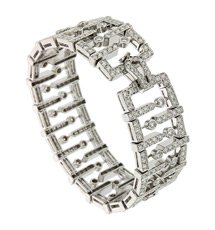Consider Gold and the Rainbow It Offers
 Gold in its purest form is quite soft. While jewelry over 99% gold exist, these pieces are prone to dents and other damage. Gold is often blended with other metals to promote durability. Depending on the materials used and in what amounts, the precious metal changes color.
Gold in its purest form is quite soft. While jewelry over 99% gold exist, these pieces are prone to dents and other damage. Gold is often blended with other metals to promote durability. Depending on the materials used and in what amounts, the precious metal changes color.
Silver-white metal helps showcase the color of diamonds. White gold is one such material. It has many recipes, including palladium, copper and zinc. Older blends may contain nickel, which some people are sensitive to. White gold engagement rings are a good choice for the budget-minded who enjoy the cool look of platinum.
Rose gold gets its reddish tinge through large amounts of copper. This material was popular during the mid-20th century. Today’s connoisseur who enjoys retro-style or designer engagement rings may want to consider rose gold. The metal also creates a pleasing contrast against diamonds, making them look whiter.
Blackened gold is not always an alloy. The color is sometimes achieved through combining gold with cobalt or chromium. The mixture must oxidize under controlled conditions to reach the desired color. Patinas and electroplating can also turn gold black. People looking for unique engagement rings may find them in blackened gold.
When silver and gold mix, the result isn’t white, but greenish. Naturally occurring blends are known as electrum. Gold and silver alloyed on purpose is called green gold. Recipes including gold, copper and cadmium take on a stronger verdant hue. While it isn’t as popular as other golds, green gold may be used as an accent.
Multicolor gold rings come in many designs. Subtle versions may have the band in one hue, with prongs made from another. More styles include wedding bands made of two or more interlocking shanks of different colors. If there’s a look you have in mind but can’t find, look for a jeweler who offers custom work.





